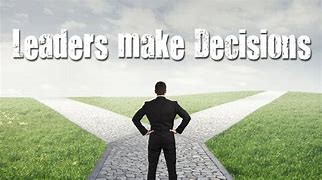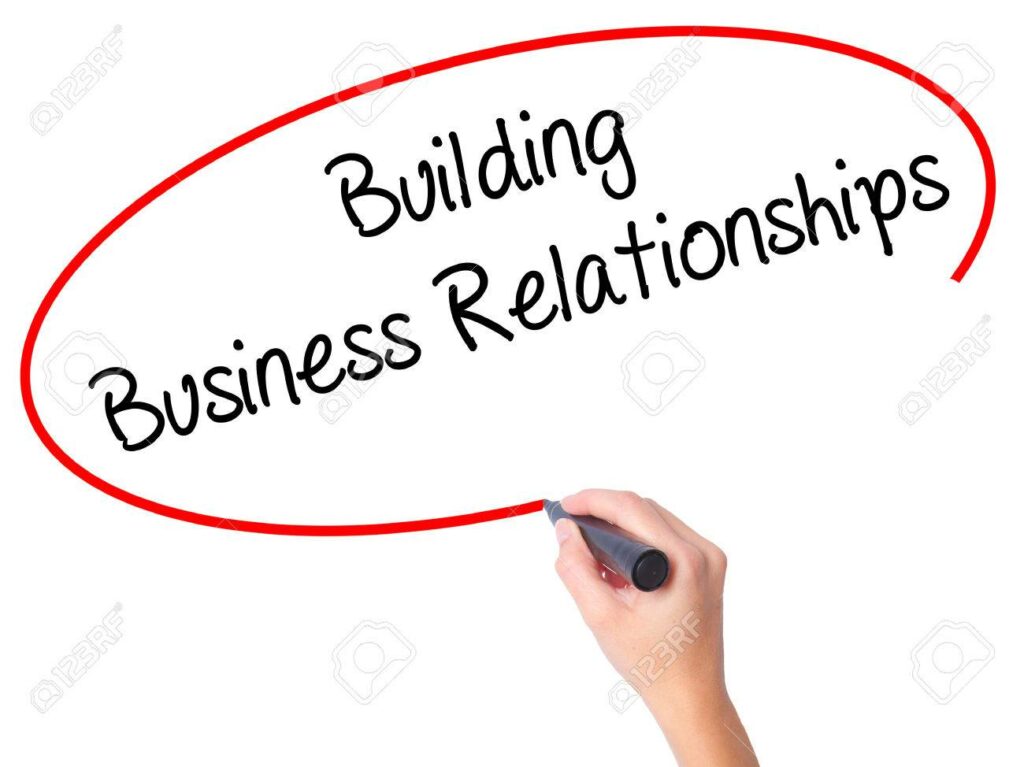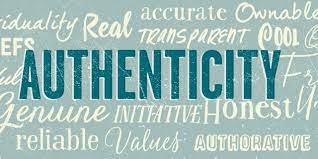
Leading oneself and others in this VUCA (Volatility – Uncertainty – Complexity – Ambiguity) world we live in demands that we adapt.
Many are beginning to realize this truth and see that changing how we think about what we do, is the start of our journey to becoming more present, at choice, and intentional.
Ultimately it takes a transformation in how we view ourselves, the challenges we face, and those we lead.
“The greatest danger in times of turbulence is not the turbulence – it is to act with yesterday’s logic.” Peter Drucker
Leadership Coaching supports and accelerates Self-awareness, Self-regulation, and Self-Transformation
Here’s what transformation looks and feels like:
- Understanding our limiting assumptions and beliefs.
- Adopting new perspectives that provide clarity, a new and varying pathway forward.
- A deeper understanding of our physical and emotional response to our thoughts and our response to events and to those we are in a relationship to.
- A shift in our inner knowing,
- Being more connected to our purpose of ourselves and others.
New behaviors can be integrated, advanced, and lead others toward outcomes that matter.
This process does not happen overnight. However, three elements of transformation can describe the personal growth loop.
The Three Elements
Leaders and CEOs become more in tune with their creative developmental loop – their own personal transformation process. Each is important to the personal growth, to implementing and integrating change. They are:
1. Self-awareness
2. Self-regulation
3. Self-transcendence
Let’s look at each of these elements individually.
#1: Self-awareness:
As you work with a leadership coach, you will begin to see what is holding you back in a meaningful way – understanding your limiting beliefs, patterns of negative thinking, and related reactive behaviors. When you develop a better sense of what is going on, your coach can assist you in seeing the situation from outside of yourself. Like Toto in The Wizard of Oz, they pull back the curtain, helping you see and understand things as they are, not as you imagine them to be.
#2: Self-regulation:
As you deepen your understanding of how you physically and emotionally respond to your thoughts, events, and others, you begin to learn to pause, become more present, and be mindful of the actions you take. You can then become more creative rather than reactive. You will take action that creates the outcomes that matter vs. actions without clear intentions and purpose. Working with a skilled leadership coach, you consider how your emotions and belief system support and thwart your growth. You learn and implement skills that you will use to regulate your internal response and then act more mindfully and with more intention.
#3 Self-transcendence:
When you can better understand what drives your actions, you have an increased aptitude for recognizing and acknowledging your emotions. You can look beyond yourself and have a larger perspective that includes a concern for others and those you lead. This stage supports the focus development of leadership competencies and behaviors that will launch you, and your company, into a new realm.
Transformation is Possible
Does creating positive change feel like a struggle?
If so, you’re not alone. Leaders often try many different approaches with varying success to create transformation. When participating in leadership coaching, you’re giving yourself—and your company—a boost in experiencing the positive change you seek in less time than you dare to imagine.
_______________________________________________________________________
If you’re tired of the slow or nonexistent progress you’re making in transformation as a leader, why not get in touch with Anthony today and begin making real strides in this area?







